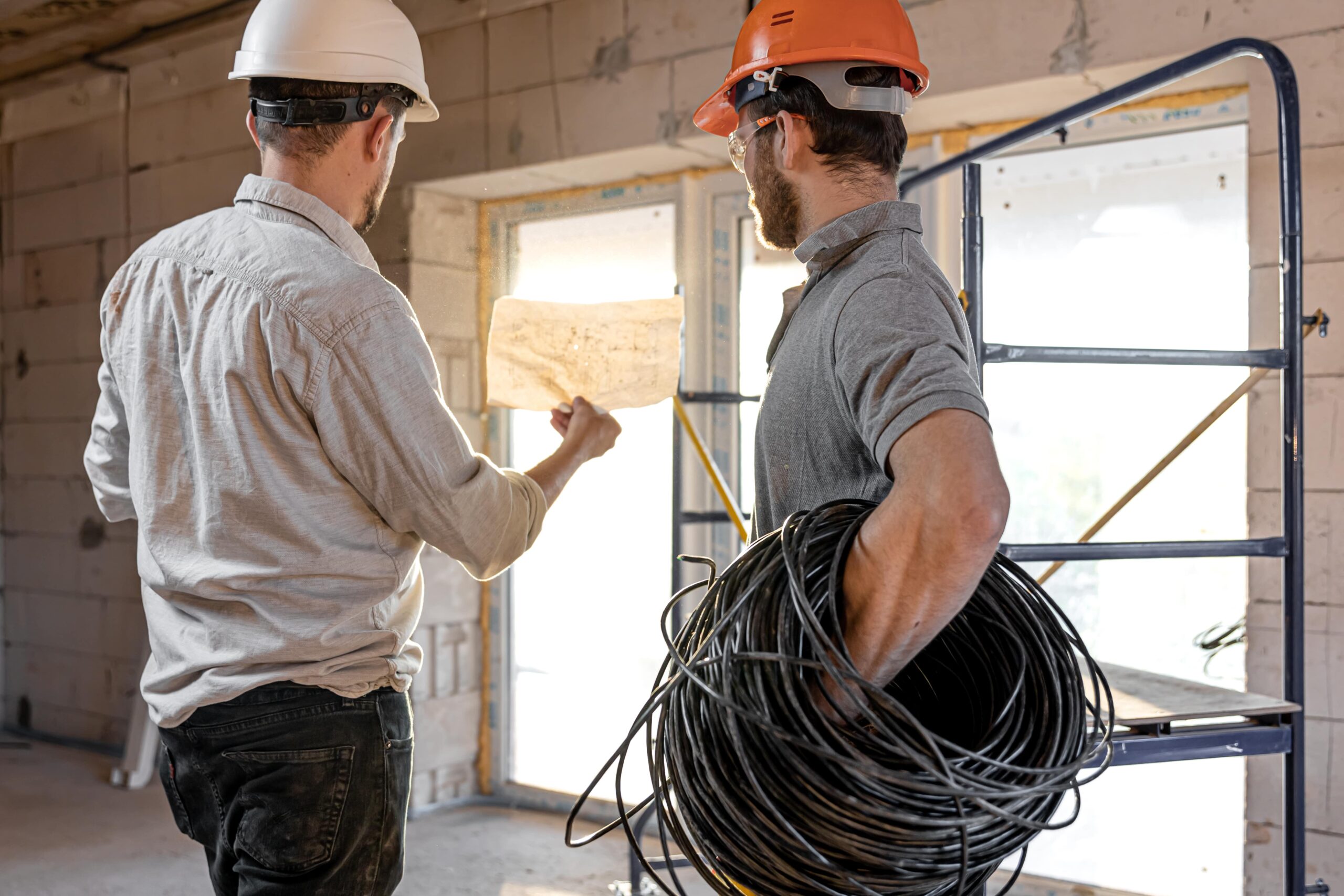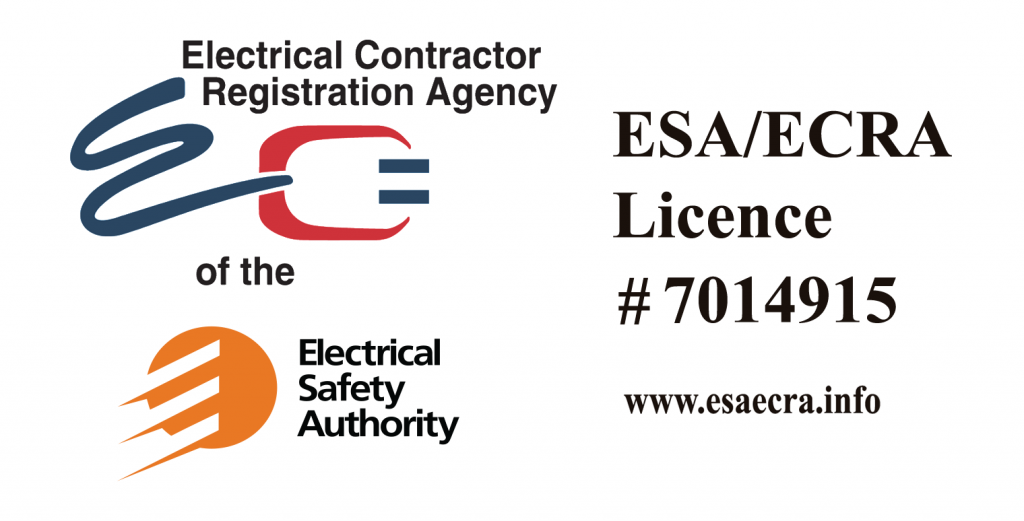why you should rewire Knob and Tube wiring
Replacing Knob and Tube Wiring is crucial due to the significant safety concerns associated with this outdated electrical system. Originally installed in homes built before the 1950s, Knob and Tube Wiring lacks the grounding necessary for modern electrical devices, increasing the risk of electrical shock and possibly fire.
The insulation around these wires tends to deteriorate over time, becoming brittle and potentially exposing the live wires. Additionally, Knob and Tube Wiring cannot handle the electrical load required by today’s appliances and electronics, leading to frequent overloads and potential hazards.
What is the knob and Tube wiring?
Knob and Tube Wiring is an early standardized method of electrical wiring in buildings, common in North America from about 1880 to the 1930s. While it was a reliable method at the time, modern electrical standards have surpassed it, and it may no longer meet today’s safety regulations.
Cost of Replacing Knob-and-Tube Wiring
The cost to replace knob-and-tube wiring varies based on the size and complexity of the home:
- Per Circuit: Replacing a single circuit can cost between $300 and $400.
- Per Floor: The average cost per floor (including basement, main floor, and upper floors) is around $5,000. For a typical three-story home, the total cost may be approximately $15,000.
- Whole House Rewiring: Complete rewiring of an old house can range from $7,000 to $15,000, depending on the number of outlets, lights, and switches.
Considerations Before Replacing Knob-and-Tube Wiring
- Assessment by a Certified Electrician: It’s crucial to have a certified electrician inspect your current wiring and provide a detailed estimate for the replacement.
- Permits and Inspections: Ensure all necessary permits are obtained and the work complies with local building codes. Proper inspections are essential to guarantee safety and code compliance.
- Potential Additional Costs: Additional costs may arise if the wiring needs to be upgraded to meet current standards or if there are unforeseen complications during the replacement process.
7 Reasons for Changing Knob and Tube Wiring
Knob and Tube Wiring is an early standardized method of electrical wiring in buildings, common in Canada and North America. While it was a reliable method at the time, modern electrical standards have surpassed it, and it may no longer meet today’s safety regulations.
Safety Concerns
Fire Hazard: Knob and Tube Wiring, poses a significant fire hazard due to its outdated design. The insulation around the wires can deteriorate over time, becoming brittle and exposing live wires. Overloading Knob and Tube Wiring can lead to overheating, short circuits and sparks, increasing the risk of electrical fires.
lacks a grounding wire: Additionally, Knob and Tube Wiring lacks a grounding wire, which is crucial for modern electrical safety. Grounding helps prevent electrical shocks. It reduces the fire risk by providing a safe path for excess electrical current to disperse.
Inadequate Electrical Capacity
Modern homes require much more electrical capacity than what Knob and Tube Wiring can safely handle. This wiring system was designed when the electrical load in homes was minimal and very low, typically only powering basic lighting and a few appliances. Nowadays homes, with numerous electronic devices, kitchen appliances, HVAC systems, and more, demand a robust electrical infrastructure.

Insurance and Property Value
Most insurance companies either refuse to insure homes with active Knob and Tube Wiring or charge significantly higher premiums due to the increased risk of fire. Upgrading to modern wiring can make your home insurable at more reasonable rates, providing financial peace of mind. Ensuring your home meets current electrical standards can also prevent potential liability issues in case of an electrical fire.
Increasing Property Value
Replacing Knob and Tube Wiring can significantly increase the market value of your home. Homes with Knob and Tube Wiring should reduce the property’s asking price by the estimated cost of a full rewiring. This adjustment accounts for the significant expense and safety concerns associated with upgrading the electrical system. By doing so, sellers can make the property more attractive to buyers and ensure a fair transaction.
Compliance with Modern Standards
Electrical Code Compliance: Knob and Tube Wiring does not comply with current electrical codes, which are designed to ensure the safety and efficiency of electrical systems. Modern codes require proper grounding, sufficient capacity to handle current electrical loads, and the use of materials that meet stringent safety standards. Upgrading to modern wiring ensures compliance with these codes, reducing the risk of electrical hazards and potential legal issues.
Electromagnetic Field (EMF) Emissions
Knob and Tube Wiring is known to emit higher levels of electromagnetic fields (EMF) due to its lack of shielding and grounding. Unshielded wires can act as antennas, spreading EMF radiation throughout the home.
Continuous exposure to high EMF levels has been linked to various health concerns, including headaches, fatigue, and sleep disturbances. By replacing Knob and Tube Wiring with modern, shielded wiring, homeowners can significantly reduce EMF emissions, contributing to a healthier living environment.
Future-Proofing Your Home
Investing in modern wiring future-proofs your home, making it ready for technological advancements and increasing electrical demands. As smart home devices, electric vehicles, and energy-efficient appliances become more common, having a robust electrical system is crucial. Upgrading from Knob and Tube Wiring ensures your home can safely support these innovations, enhancing both convenience and safety.


